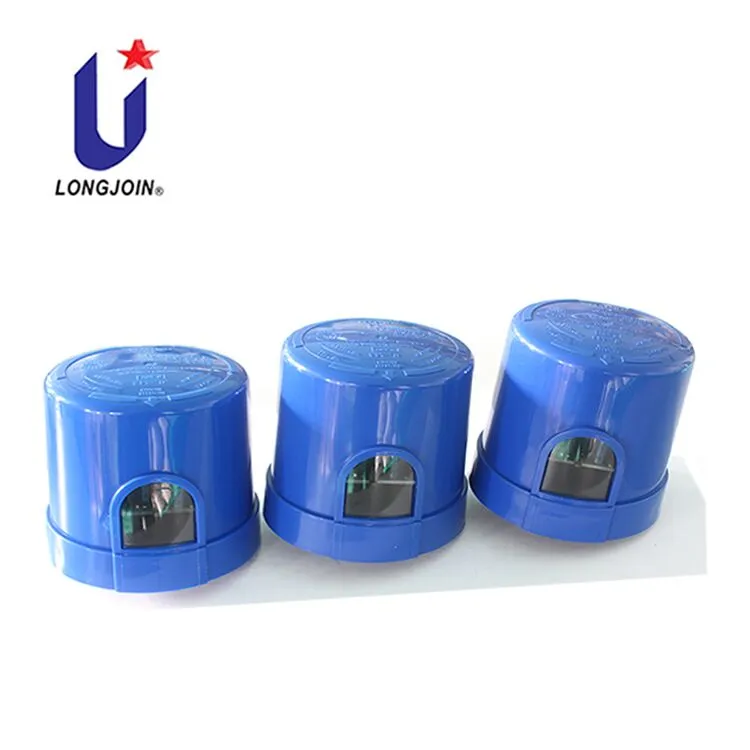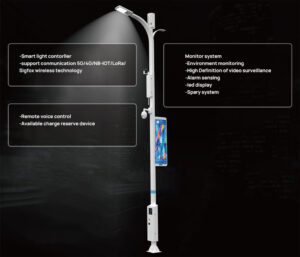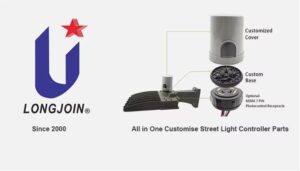Comparative Analysis: NEMA vs. Zhaga Interfaces in Lighting Applications
The functionality of modern smart lighting systems is heavily influenced by lighting interfaces. These interfaces serve are the links between various parts of the lighting system. It allows for smooth communication and control. Interfaces are an important part of smart lighting by connecting sensors, controllers, and luminaires. It enables advanced functionalities like automatic dimming, changing colors, and managing energy efficiently.
Lighting standards such as NEMA and Zhaga are the standardized connections needed to realize these advantages. They guarantee that diverse parts from different makers can function together dependably. It encourages compatibility and simple installation. Knowing these interfaces is vital for individuals who want to install smart lighting systems. Let’s do a comparison of both types!
Characteristics
1. NEMA
It has a strong design with standardized connectors. The NEMA interface makes it easy to connect luminaires, controls, and other components in lighting systems. NEMA sets standards for connectors’ design and dimensions to ensure compatibility across devices and manufacturers. It also sets electrical ratings like voltage, current, and frequency. This aids in safe operation. Additionally, NEMA standards cover mechanical durability to ensure connectors can withstand repeated mating cycles and environmental stresses.
2. Zhaga
The Zhaga interface has a modular design and compatibility. I enable effortless swapping and upgrading of LED modules and components from various manufacturers. Zhaga sets the mechanical measurements and installation configurations for LED modules. This is done to guarantee compatibility and exchangeability among various products.
Zhaga guidelines allow for the exchange of components without requiring complex rewiring or alterations. They tackle thermal issues by following guidelines for heat dispersion and thermal connections. It guarantees the dependable function and durability of LED items.
Specifications for Design
1. NEMA Interface
The NEMA interface has distinct electrical and mechanical requirements that focus on compatibility and safety in lighting systems. They look for the connector design and electrical specifications like voltage and current. It considers environmental protection criteria like IP ratings to prevent dust and moisture intrusion.
NEMA interfaces work with a wide range of lighting systems. They are widely used in street lighting, industrial, and commercial settings where reliability and durability are required. Additionally, NEMA connections allow for easy combination with smart city infrastructure. It allows for functions such as remote monitoring and control.
NEMA follows strict design standards and compliance requirements to guarantee consistency. Their products are reliable among the manufacturers. This includes safety rules, top practices in the industry, and certification procedures to ensure adherence to recognized standards.
2. Zhaga Standard Interface
The Zhaga interface has set standardized electrical and mechanical specifications. They enable LED modules and components to easily work together and be exchanged. So, they have a modular design. The connectors are standardized, and requirements for thermal management to guarantee are followed. It provides the best possible performance and reliability of LED products.
Zhaga interfaces are meant to be adaptable and work with various lighting systems. They are frequently utilized for both indoor and outdoor lighting needs, such as in offices, retail spaces, street lights, and architectural lighting. Zhaga interfaces make it easier to connect with smart building systems. This allows for advanced features like occupancy detection and wireless communication.
Areas of Application
1. NEMA Interface
The NEMA interface is commonly used in street lighting applications because of its strength and dependability. These lighting fixtures and controls are frequently used in street lighting initiatives because they are effective and long-lasting lighting options. They work well for streets, highways, and public areas.
NEMA interfaces are the preferred choice in industrial and commercial settings due to their durability in harsh environments. They survive heavy-duty operations. NEMA-compliant lighting fixtures are used in warehouses, factories, and commercial buildings for maximum illumination and safety.
They aid in connecting lighting systems to smart city infrastructure. Cities can implement smart lighting solutions that provide remote monitoring. They allow for adaptive lighting control and energy management.
2. Zhaga Interface
Zhaga interfaces are frequently used in indoor lighting settings like office buildings, retail stores, and residential spaces. LED modules and luminaires that adhere to Zhaga standards are adaptable and versatile. It allows for simple setup, and upkeep to fulfill the unique lighting needs of indoor spaces.
Yet, Zhaga interfaces can also be used for outdoor lighting setups like architectural, landscape, and façade lighting. Zhaga-compliant fixtures and components are created to endure outdoor elements. They are energy-efficient and visually appealing lighting options for outdoor areas. Zhaga interfaces make it easier to incorporate LED lighting into smart building systems. It allows the integration of elements like occupancy detection, utilizing natural light, and connecting wirelessly.
Suitability for Various Environmental Conditions
1. NEMA Interface
NEMA interfaces are well-known for their long-lasting quality. It is pronounced in tough conditions such as outdoor and industrial environments. They are highly durable in harsh weather and high-pressure situations. It is an ideal pick for uses like street lighting and infrastructure projects. Lighting fixtures that comply with NEMA standards need very little upkeep and have a long lifespan. You can get reliable performance for an extended period.
1. Zhaga
Zhaga connections focus on being sturdy and dependable. They can also accommodate various environmental settings. Even though they have the same durability as NEMA interfaces, Zhaga-compliant LED modules and luminaires are suitable for use in both indoor and outdoor settings. It is because of their versatility. They are created to endure changes in temperature, humidity, and other environmental elements. Their performance remains consistent across different conditions. Similar to NEMA interfaces, products that adhere to the Zhaga standard are simple to upkeep and have long lifespans.
Wrapping it up!
To sum up, NEMA and Zhaga interfaces are essential in contemporary lighting applications. Both of them provide unique benefits and uses. NEMA interfaces perform exceptionally well in outdoor and industrial environments. Here, they give a strong performance in challenging surroundings.
At the same time, Zhaga interfaces provide flexibility. They work in a broad spectrum of settings from indoor to outdoor setups. Recognizing the distinct benefits of each interface is vital if you are choosing the best option. It depends on whether it is for residential or industrial uses.
FAQs
What does NEMA stand for?
NEMA stands for the National Electrical Manufacturers Association. It is a U.S.-based organization that develops standards for electrical equipment.
What is Zhaga?
Zhaga is a global consortium of lighting companies. It works to develop and promote standardized interfaces for LED lighting components and modules.
What are the main benefits of Zhaga interfaces?
Zhaga interfaces promote modularity, interoperability, and interchangeability of LED components. This makes the replacement and upgrade of lighting modules easier.
What are the benefits of the NEMA interface?
NEMA interfaces have standardized connectors. It confirms compatibility and reliability in lighting systems.
External LInk
https://www.fluke.com/en/learn/blog/electrical/what-is-voltage






